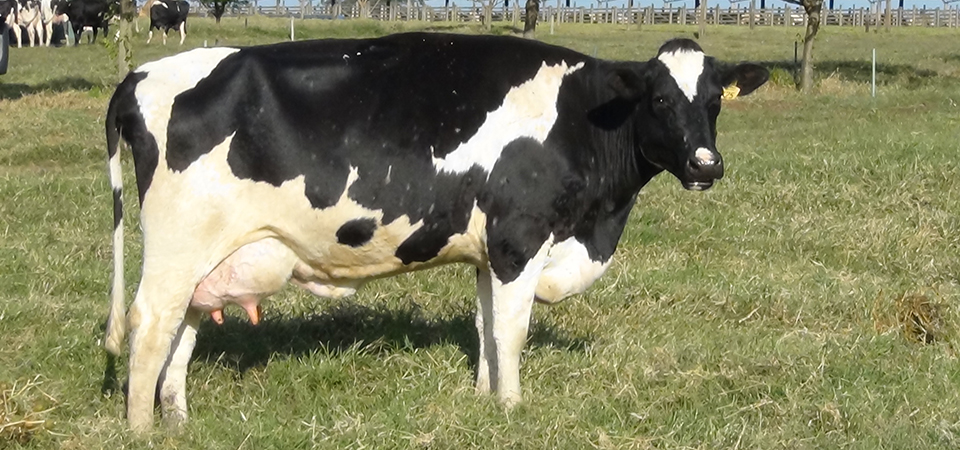The lack of awareness and limited knowledge of mathematical models and how they can be used to design more efficient and profitable animal feeding and management systems are the main factors that foster a negative perception of modeling and simulation, thereby hindering their development and broader application (Tedeschi et al., 2015).
For approximately 55 years, mathematical computer models have been used as decision support systems to apply scientific knowledge to virtually every branch of science. Mathematical models have a crucial role in shedding light on unforeseen variable relationships and quantifying expected outcomes resulting from alternative decisions in the production scenarios given the context for which the model was intended to be used (Tedeschi and Fox, 2005).
Through collaborations with many educational and industry partners, we have developed several models that can be used to integrate our knowledge of feed, intake, and digestion and passage rates upon feed energy values, escape of dietary protein, and microbial growth efficiency. Mathematical nutrition models can be valuable tools for estimating animal requirements and nutrients derived from feeds in each unique farm production scenario, and thus can have an important role in providing information that can be used in the decision-making process to enhance the feeding system (Tedeschi et al., 2005b). By accounting for farm-specific animal, feed, and environmental characteristics, more accurate prediction of dietary nutrient requirements for maintenance, growth and milk production of cattle and nutrient excretion in diverse production situations is possible (Fox et al., 2004).
Accurate livestock diet balancing and formulation is crucial to make best and most profitable use of the feeds available in each unique production situation and deliver appropriate energy and nutrients that allow animals to express their genetic potential for growth, development, and production. It can also be important to minimize the excess of nutrients (those that will not be absorbed and utilized by the animal) that would otherwise be excreted into the environment (Tedeschi et al., 2015). Diet and feeding practices that have been reported (based on survey analysis) to improve sustainability include (1) minimizing water pollution, deforestation, and air pollution from an environmental perspective; (2) producing animal protein affordably without competing with crop cultivation for human food or compromising ethical aspects of livestock wellbeing; (3) reusing feed waste after ensuring its safety; and (4) providing incentives to those adopting sustainable diet and ethical feeding practices (Makkar & Ankers 2014).
Data measurement and collection needed to understand livestock-environment feedback is often very time-consuming. Therefore, the development and deployment of technology to support data collection for accurate and precise predictions will likely require a high degree of spatial resolution (e.g., high-definition satellite imagery) as well as fast and reliable data acquisition tools (e.g., unmanned aerial vehicles) (Tedeschi et al., 2015).

